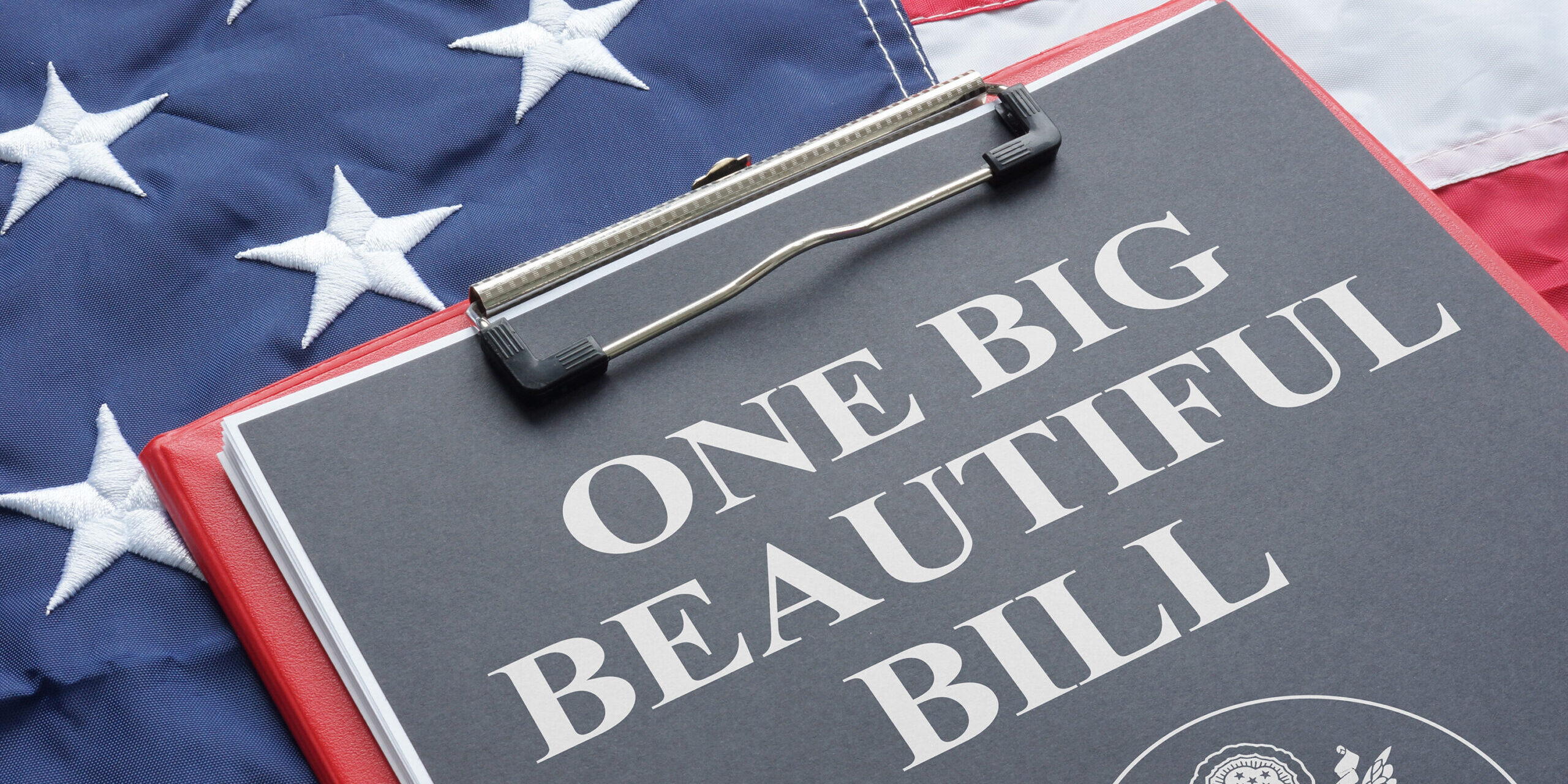On July 4, the federal government signed into law the One Big Beautiful Bill (OB3)—a sweeping piece of tax legislation that marks the most significant changes since the 2017 Tax Cuts and Jobs Act. With more than 870 pages, this reform package introduces updates that will affect individuals, families, and businesses starting with the 2025 tax year.
There’s a lot to unpack, but don’t worry—we’ve got you covered. Below, we’ve summarized the key highlights so you can get a head start on how OB3 might affect your personal return, your business, or your long-term planning strategy.
As always, if you have questions or want to talk through your specific situation, we are here to help. You can get in touch anytime through our contact page.
Key Highlights for Individuals
Tax Rates Locked In:
The current seven tax brackets (10% to 37%) are now permanent.
Increased Standard Deduction:
Beginning in 2025:
- $15,750 for single filers
- $31,500 for married couples filing jointly
- $23,625 for heads of household
These amounts will adjust annually for inflation.
New Temporary Deductions Through 2028:
New above-the-line deductions include:
- Up to $25,000 in reported tips
- Up to $12,500 in overtime wages
- Up to $10,000 in interest paid on U.S.-made vehicle loans
- Up to $6,000 for taxpayers age 65 and over
(These are subject to income based phaseouts.)
SALT Deduction Expanded:
The cap on the state and local tax (SALT) deduction increases from $10,000 to $40,000 starting in 2025 for all filing statuses. That cap will increase by 1% per year through 2029 and reset to $10,000 in 2030.
Charitable Giving Incentives:
- For non-itemizing taxpayers, it creates a permanent “above-the-line” deduction beginning in 2026 for certain charitable contributions
- Up to $1,000 for single filers
- $2,000 for joint filers
- For those itemizing, beginning in 2026
- New floor on deductions will apply of .5% of Adjusted Gross Income
- Only charitable donations in excess of the floor will be deductible
- It also makes permanent the 60% contribution limit for cash gifts to qualified charities.
Child Tax Credit:
Increased to $2,200 in 2025, with future adjustments tied to inflation.
Phase Out of Energy Credits:
- Credits for the purchase of a new or used electric vehicle only apply to vehicles purchased prior to September 30, 2025
- Energy Efficient Home credits only apply to improvements made prior to December 31, 2025
New Tax-Preferred Savings Accounts for Children:
- Children born between January 1, 2025 and December 31, 2028 may be eligible for a $1,000 payment from the US Treasury into this account
- Parents can contribute up to $5,000 per year (this contribution is not deductible) until the child turns 18
- Employers can make contributions to the account
- There are limitations on how the funds can be invested and used
- Distributions may be taxed at capital gain rates if qualified
Key Highlights for Businesses
100% Bonus Depreciation is Back:
100% bonus depreciation is back and permanent, retroactive for property placed in service after January 19, 2025.
Qualified Business Income (QBI) Deduction Made Permanent:
The 20% qualified business income deduction under Section 199A is no longer set to expire in 2026.
Full Expensing for Domestic Research & Development (R&D):
Full expensing of domestic R&D expenses for tax years beginning after December 31, 2024 is permanent with transition rules. Certain taxpayers could amend returns to retroactively claim full expensing for tax years 2022-2024, while others would have the option to claim unused amortization deductions from 2022 – 2024 in 2025 or ratably over 2025-2026.
Business Interest Deduction (§163(j)):
Permanently restores Earnings before interest, tax, depreciation and amortization (EBITDA) for calculation for tax years beginning after December 31, 2024. There’s a slight modification for computation for tax years after December 31, 2025.
Opportunity Zone Program Extended:
The tax incentive program is now permanent, with refinements to enhance eligibility and investment benefits.
Estate & Gift Tax Update
Higher Exemption Levels
The estate and gift tax exemption is now permanently increased:
- $13.99 million in 2025
- $15 million in 2026
- Indexed for inflation thereafter
Looking Ahead
Some changes in OB3 are here to stay—others are time-limited, which means there could be smart opportunities for planning in the years ahead. Whether you’re thinking about your 2025 tax return, planning for your estate, or exploring new deductions, our team is ready to guide you through the details.
Have questions? Reach out through our contact page. We’re proud to help you navigate change with confidence.

